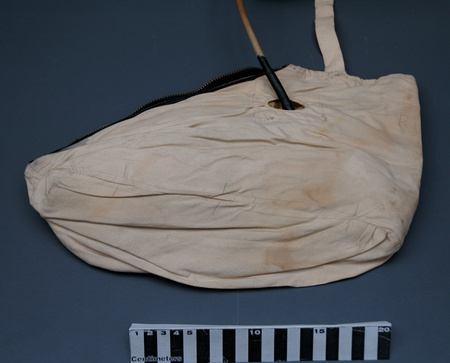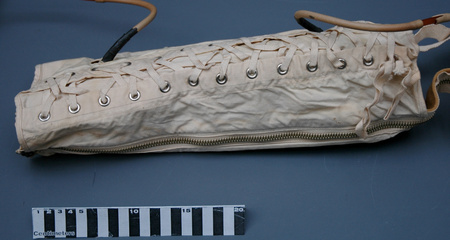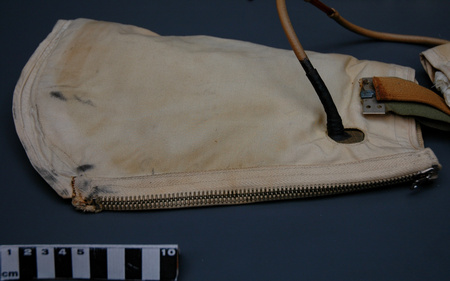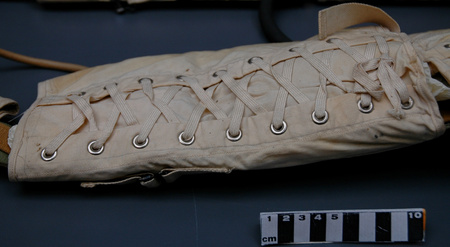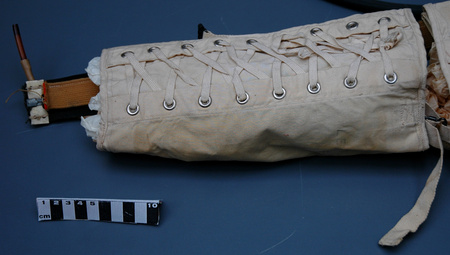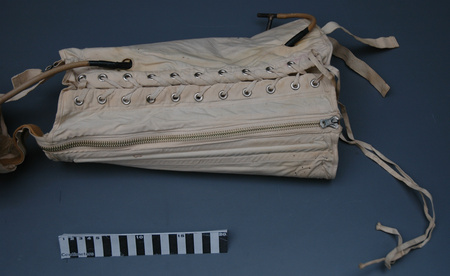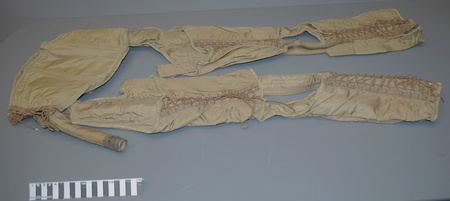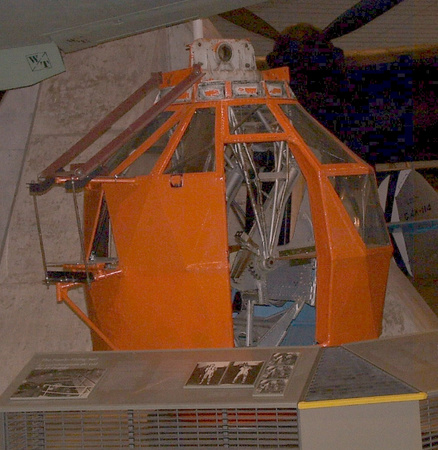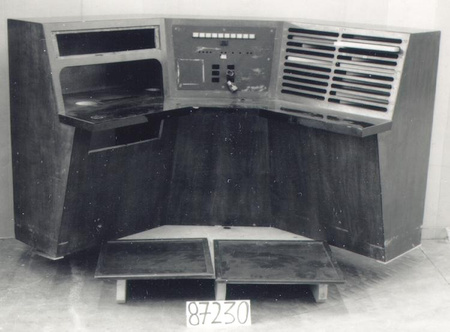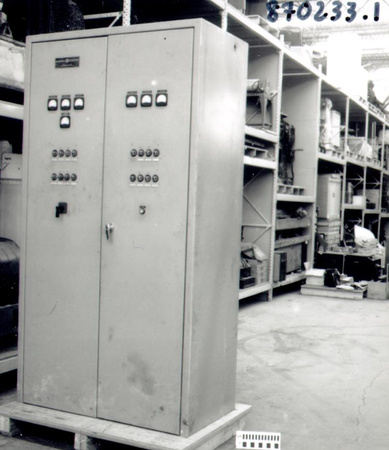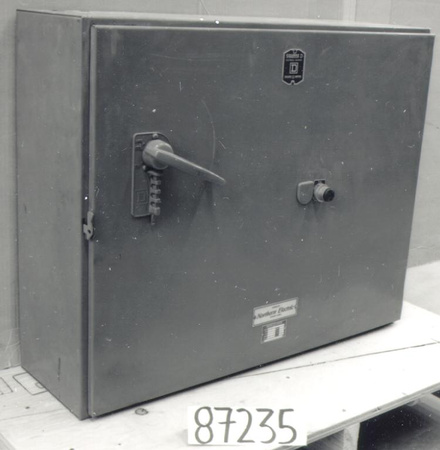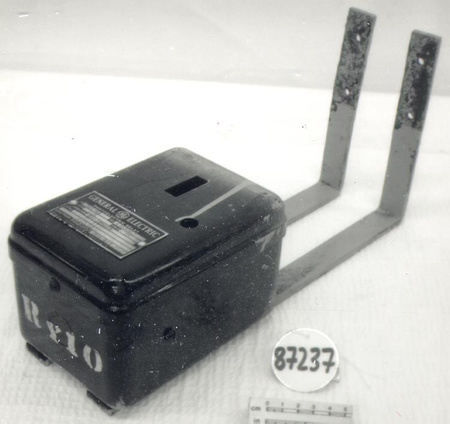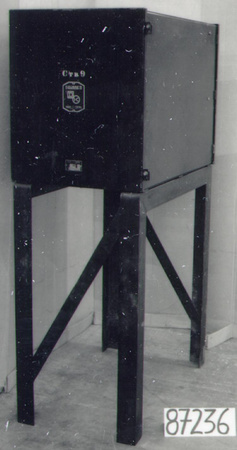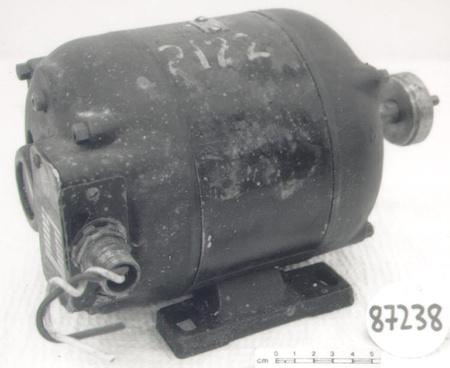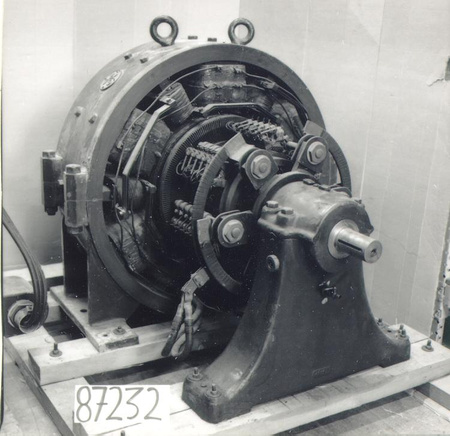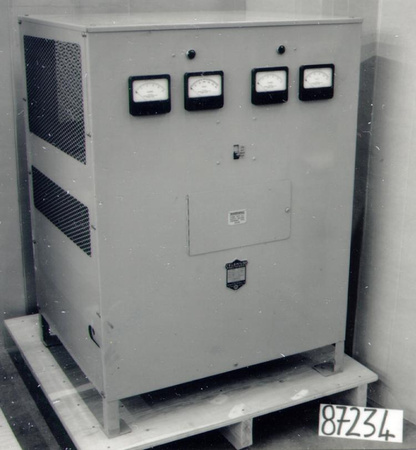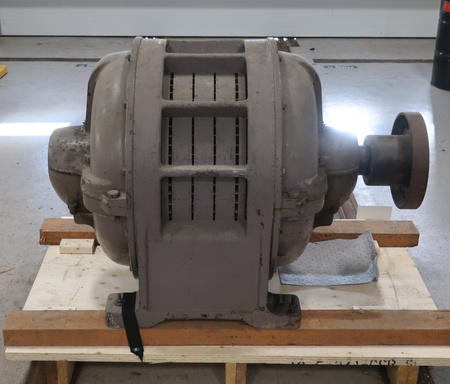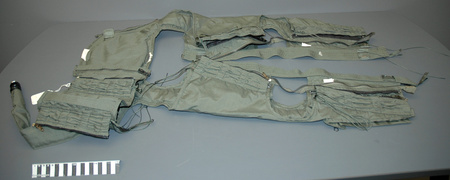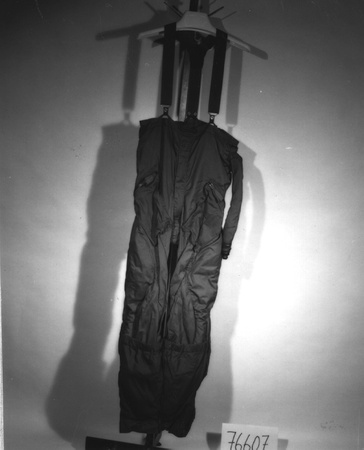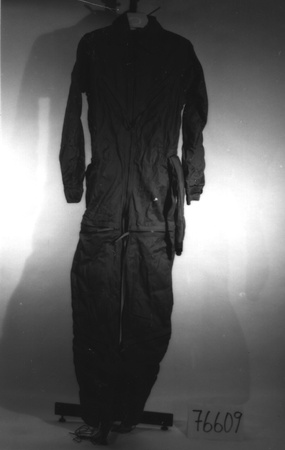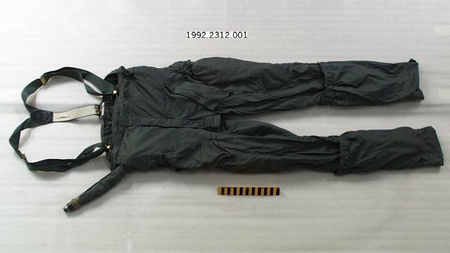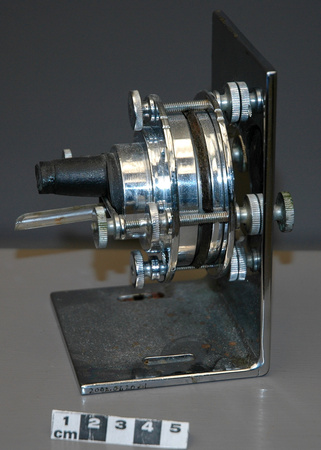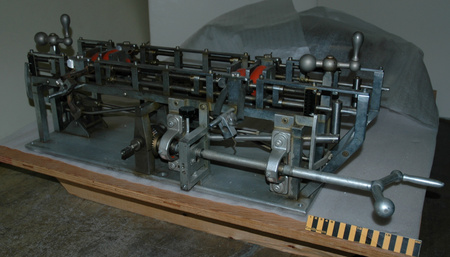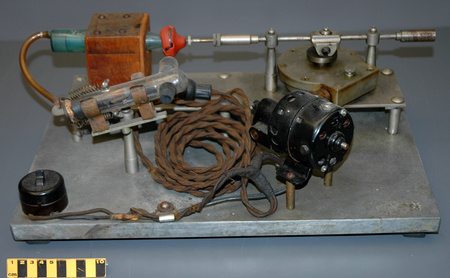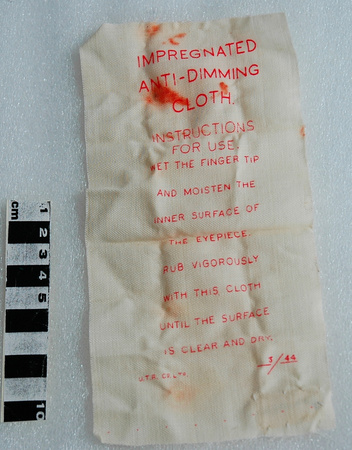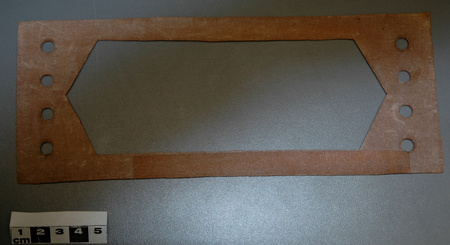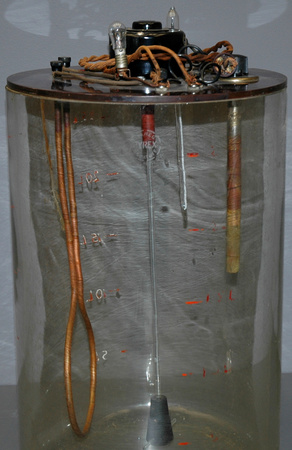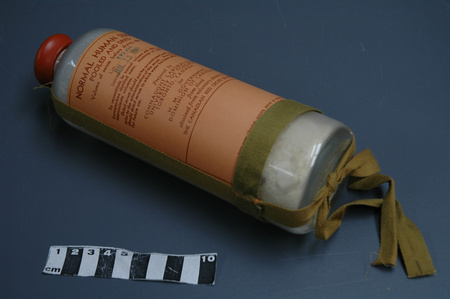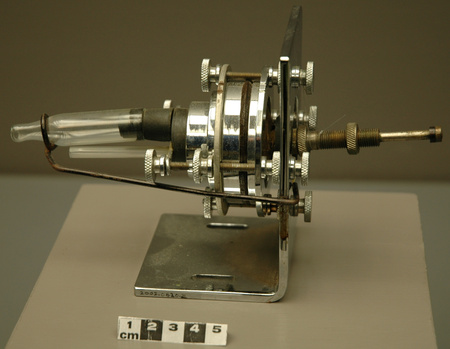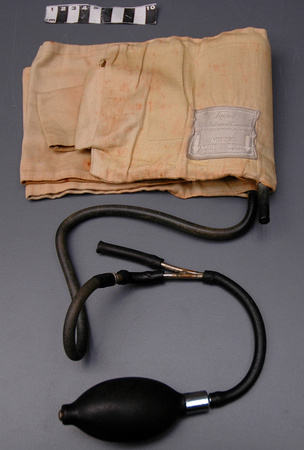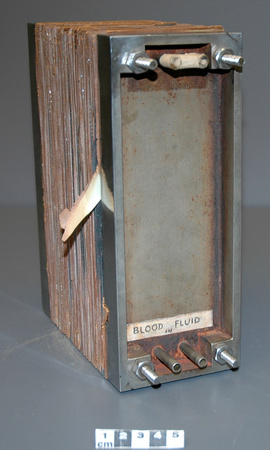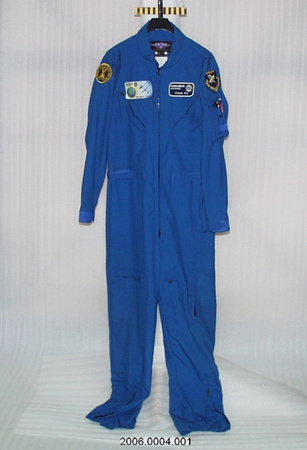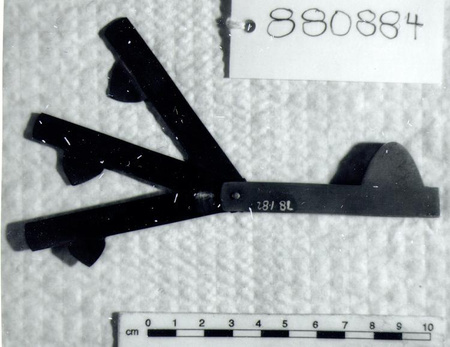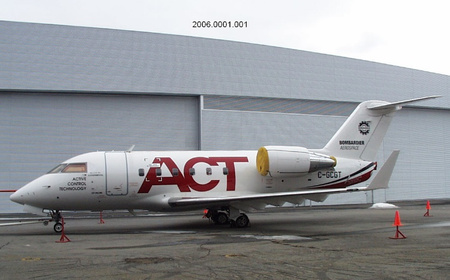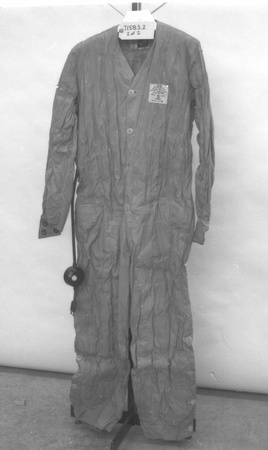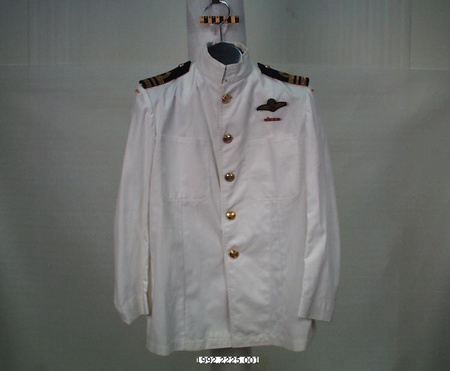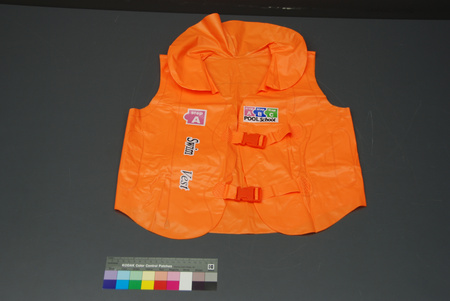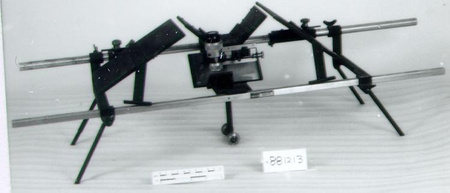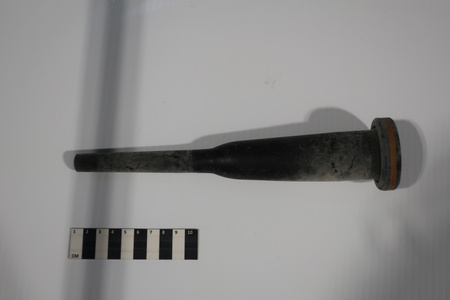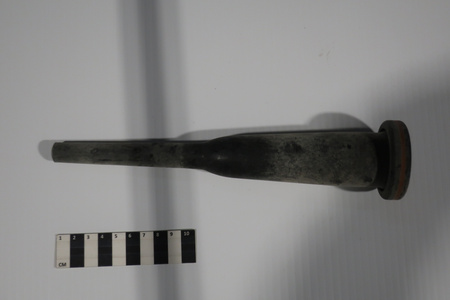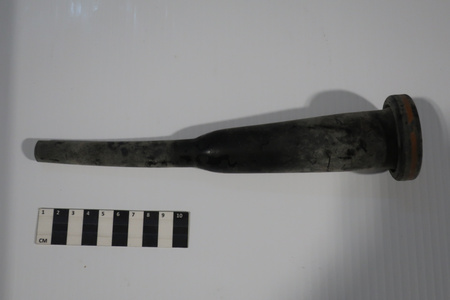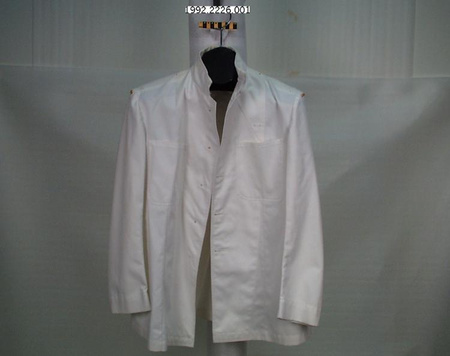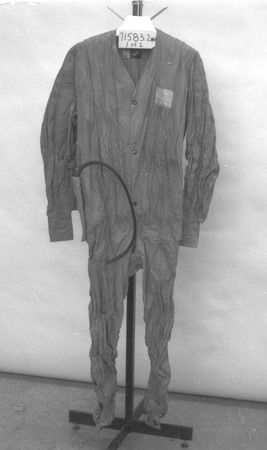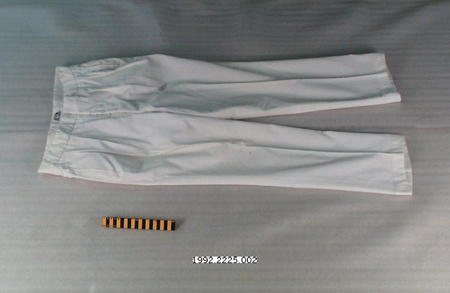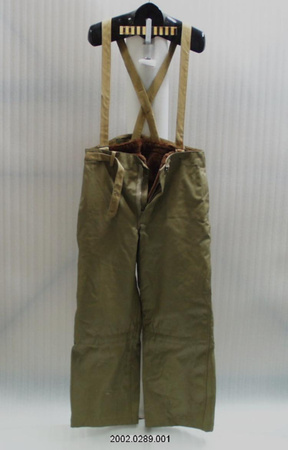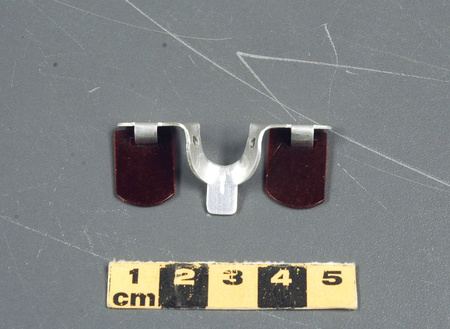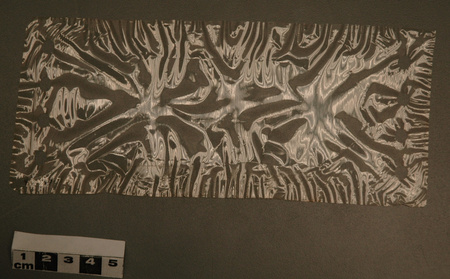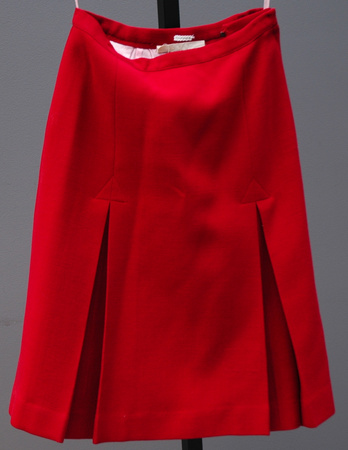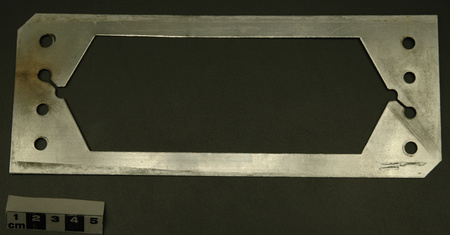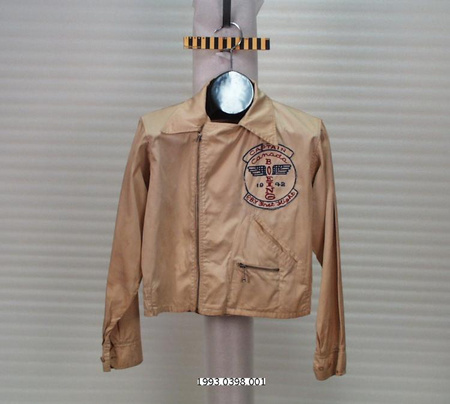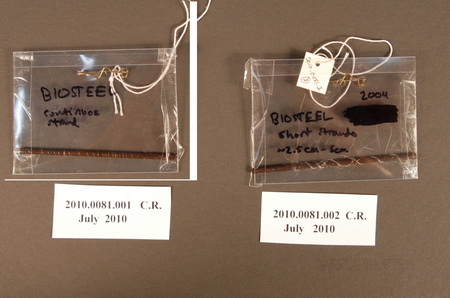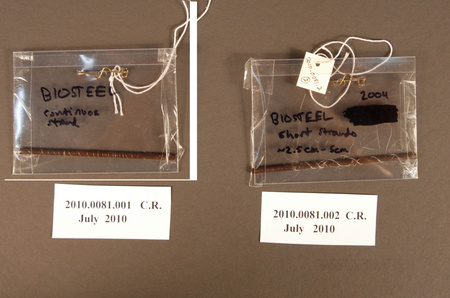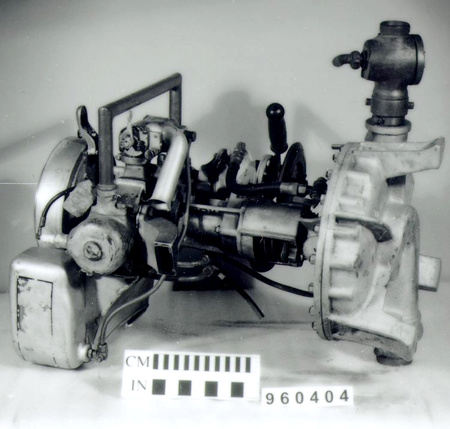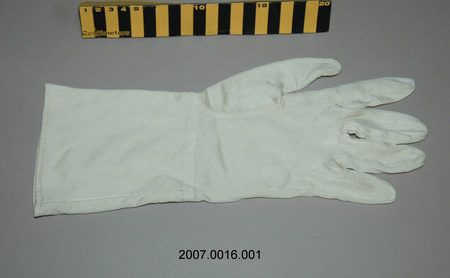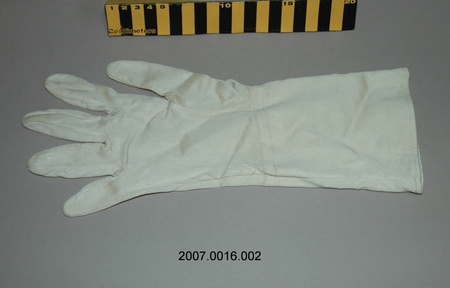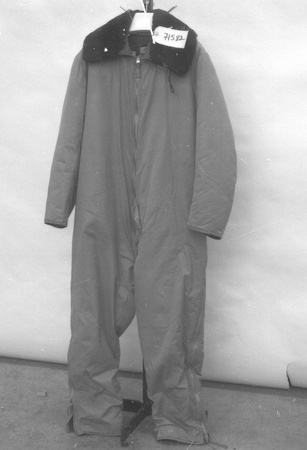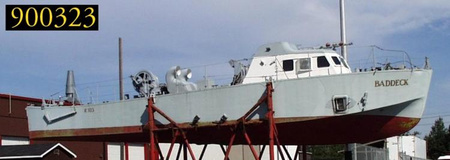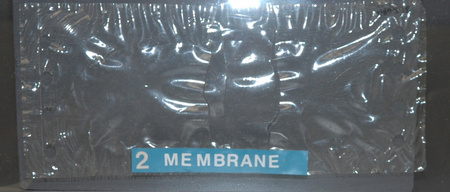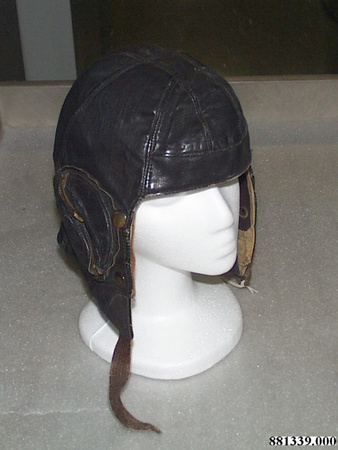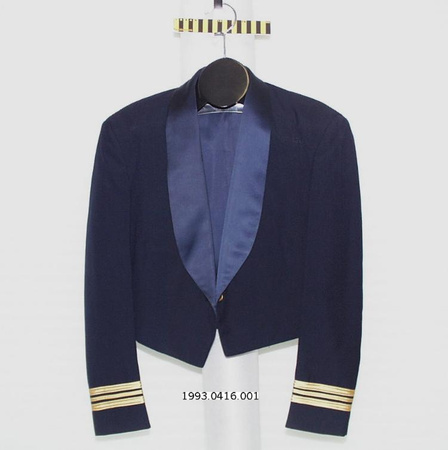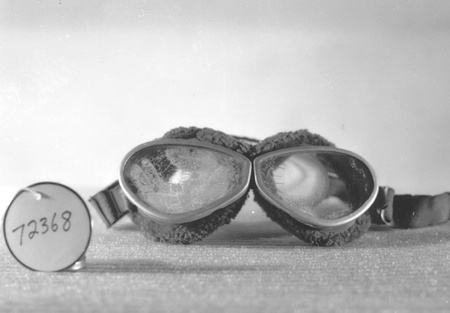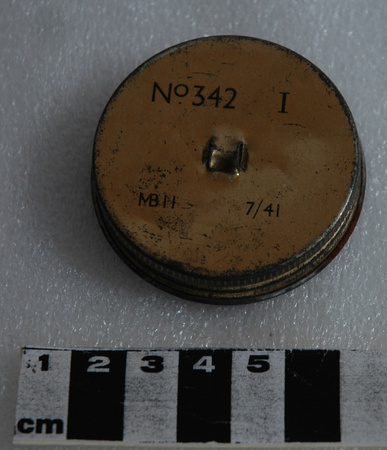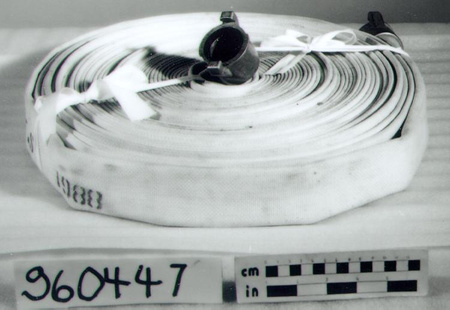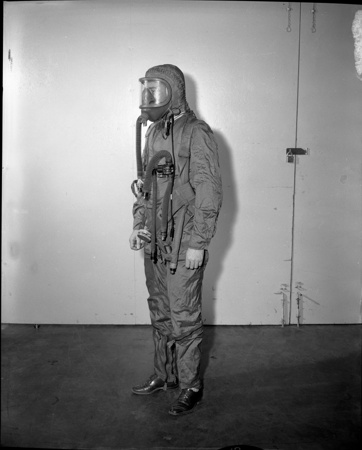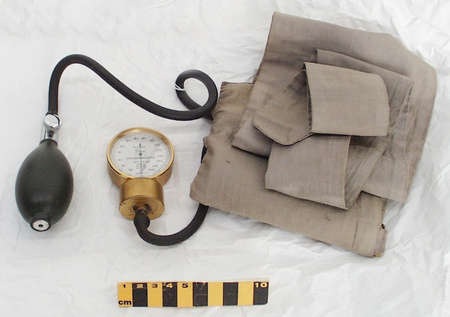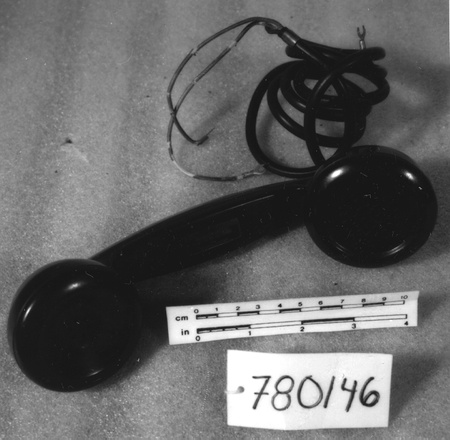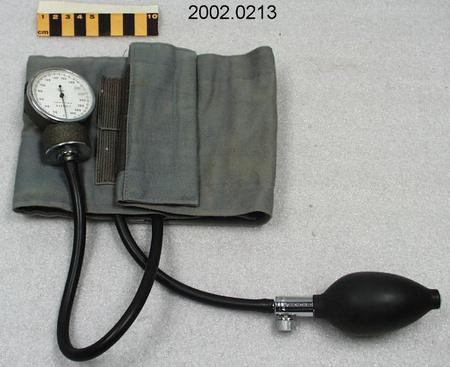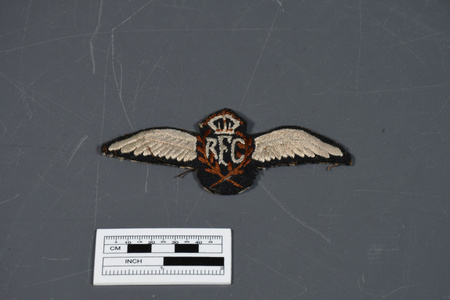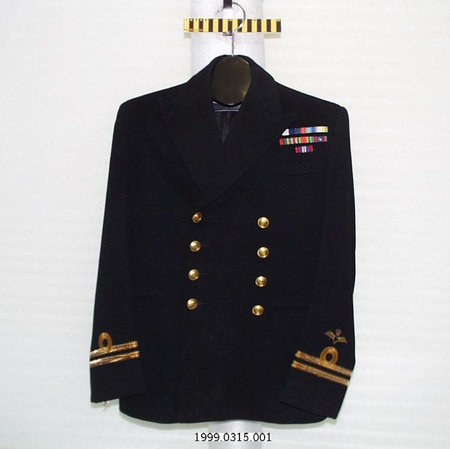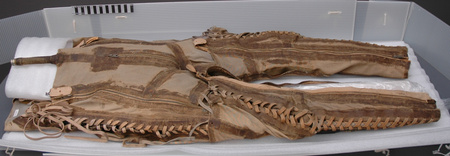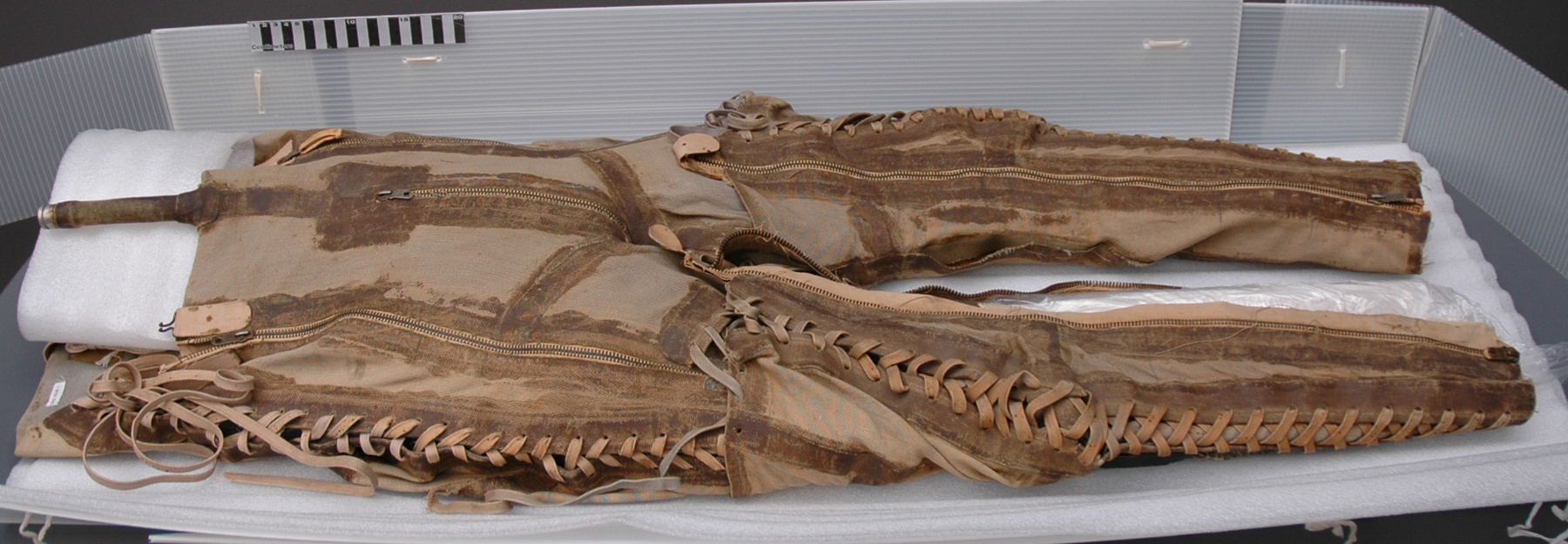Vêtement anti-G
Utiliser cette image
Puis-je réutiliser cette image sans autorisation? Oui
Les images sur le portail de la collection d’Ingenium ont la licence Creative Commons suivante :
Copyright Ingenium / CC BY-NC-ND (Attribution-NonCommercial 4.0 International (CC BY-NC 4.0)
ATTRIBUER CETTE IMAGE
Ingenium,
2002.0608.001
Permalien:
Ingenium diffuse cette image sous le cadre de licence Creative Commons et encourage son téléchargement et sa réutilisation à des fins non commerciales. Veuillez mentionner Ingenium et citer le numéro de l’artefact.
TÉLÉCHARGER L’IMAGEACHETER CETTE IMAGE
Cette image peut être utilisée gratuitement pour des fins non commerciales.
Pour un usage commercial, veuillez consulter nos frais de reproduction et communiquer avec nous pour acheter l’image.
- TYPE D’OBJET
- half-suit/hydraulic
- DATE
- 1940
- NUMÉRO DE L’ARTEFACT
- 2002.0608.001
- FABRICANT
- University of Toronto
- MODÈLE
- F.F.S. III
- EMPLACEMENT
- Toronto, Ontario, Canada
Plus d’information
Renseignements généraux
- Nº de série
- prototype 2
- Nº de partie
- 1
- Nombre total de parties
- 1
- Ou
- Franks suit
- Brevets
- S/O
- Description générale
- fibre [cotton, silk and/or linen], rubber and metal components.
Dimensions
Remarque : Cette information reflète la taille générale pour l’entreposage et ne représente pas nécessairement les véritables dimensions de l’objet.
- Longueur
- 116,0 cm
- Largeur
- 43,0 cm
- Hauteur
- 12,0 cm
- Épaisseur
- S/O
- Poids
- S/O
- Diamètre
- S/O
- Volume
- S/O
Lexique
- Groupe
- Aviation
- Catégorie
- Vêtements
- Sous-catégorie
- S/O
Fabricant
- Ou
- University
- Pays
- Canada
- État/province
- Ontario
- Ville
- Toronto
Contexte
- Pays
- Canada
- État/province
- Ontario
- Période
- This model suit used c. 1940 [possibly for testing purposes only]
- Canada
-
Dr. W.R. Franks, Professor in Medical Research, University of Toronto was a leader in aviation research work conducted in Canada during the late 1930s-1940s on problems associated with acceleration. Among his accomplishments in the field, Franks developed an anti-G suit (the " F.F.S."] which applied pressure to the calves, thighs and abdomen to prevent pooling of the blood in the veins of these areas, and supported the increased pressure developed in the arterial bed of the same regions. This prevented blackouts and unconsciousness, and delayed the onset of fatigue- critical problems for pilots subjected to centrifugal force during aerial manoeuvrers. [Ref. 6] This [and other versions of the F.F.S.] required testing in a controlled and reproduceable environment. For this purpose, a "human centrifuge", the R.C.A.F. accelerator was designed and constructed. [see 1987.0229 and 1976.0529]. [Ref. 5] This appears to be the suit [in it's early manufacture] described by Franks as having been "vulcanized", rather than sewn, in order to avoid weakening the fabric.This second prototype suit was tested by RAF Wing Commander D'Arcy-Greig, flying Spitfire L1090 June 1-5, 1940. [Ref. 8, p. 11] The first prototype suit [2002.0613] was constructed of thin cotton and made to fit Franks himself . [Ref. 6, p.114] - Fonction
-
To prevent pooling of the blood in the veins of the abdomen and extremities. - Technique
-
The Mark III F.F.S. was the first anti-G suit to be used in actual air operations anywhere in the world. It demonstrated the value and practicality of anti-G suits, which lead to further development of the technology and later versions of the Franks suit. This model (F.S.S. III) used a water-filled inner lining, exploiting "Pascal's Principal" which held that suspending a subject in any fluid of the same specific gravity would provide G protection. The suit's simple design allowed for rapid duplication: it's effectiveness was independent of the aircraft, allowing pilots to bail out of a damaged aircraft without first having to disconnect an air-inflated suit from it's air source. Of additional benefit was the suit's inherent buoyancy, and the week's worth of drinking water it could provide to a pilot downed at sea. [Refs. 4-6] - Notes sur la région
-
Inconnu
Détails
- Marques
- None evident, save UHN catalogue no. "X978.29.19" printed by hand on off-white fabric tape label sewn inside waistband, and "978.29.19" printed by hand in white ink on metal fitting on inflation tube protruding from top front edge of waistband.
- Manque
- Fairly complete- please see UHN condition report, c. Dec. 1985. [in Supp. Info. file 2002.0608].
- Fini
- Tan fabric exterior [cotton or linen canvas]; tan cotton [?] laces; metal zippers, zipper pulls and minor fittings; rubber reinforcements on seams, rubber tubing and inner lining; silk jersey outer lining.
- Décoration
- S/O
FAIRE RÉFÉRENCE À CET OBJET
Si vous souhaitez publier de l’information sur cet objet de collection, veuillez indiquer ce qui suit :
University of Toronto, Vêtement anti-G, vers 1940, Numéro de l'artefact 2002.0608, Ingenium - Musées des sciences et de l'innovation du Canada, http://collection.ingenium.ca/fr/id/2002.0608.001/
RÉTROACTION
Envoyer une question ou un commentaire sur cet artefact.
Plus comme ceci
